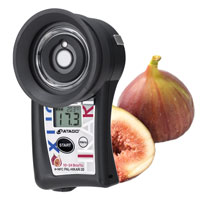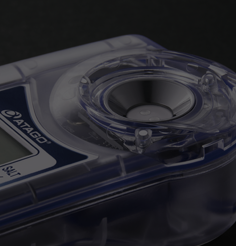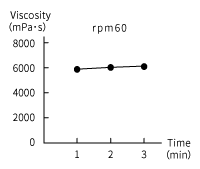 ys
ys
-
News
-
Products
Products

Search by products
Viscometer Meter pH Meter Refractometer In-line Refractometer IR Brix Meter Salt Meter VIEW ALL
Search by application

Search by customers
-
ATAGO Lab
-
HACCP
- Support
- Company
-

- Global




































Customer comments
VISCO™ was selected for its portability and data storage capacity for onsite and quality control of tomato processing. This company manufactures various types of ketchup and tomato sauces for different uses. Their raw ingredients, viscosity, consistency, salt content, and pH levels varies. In addition to the VISCO™, this company is using ATAGO’s salt meters and concentration meters.